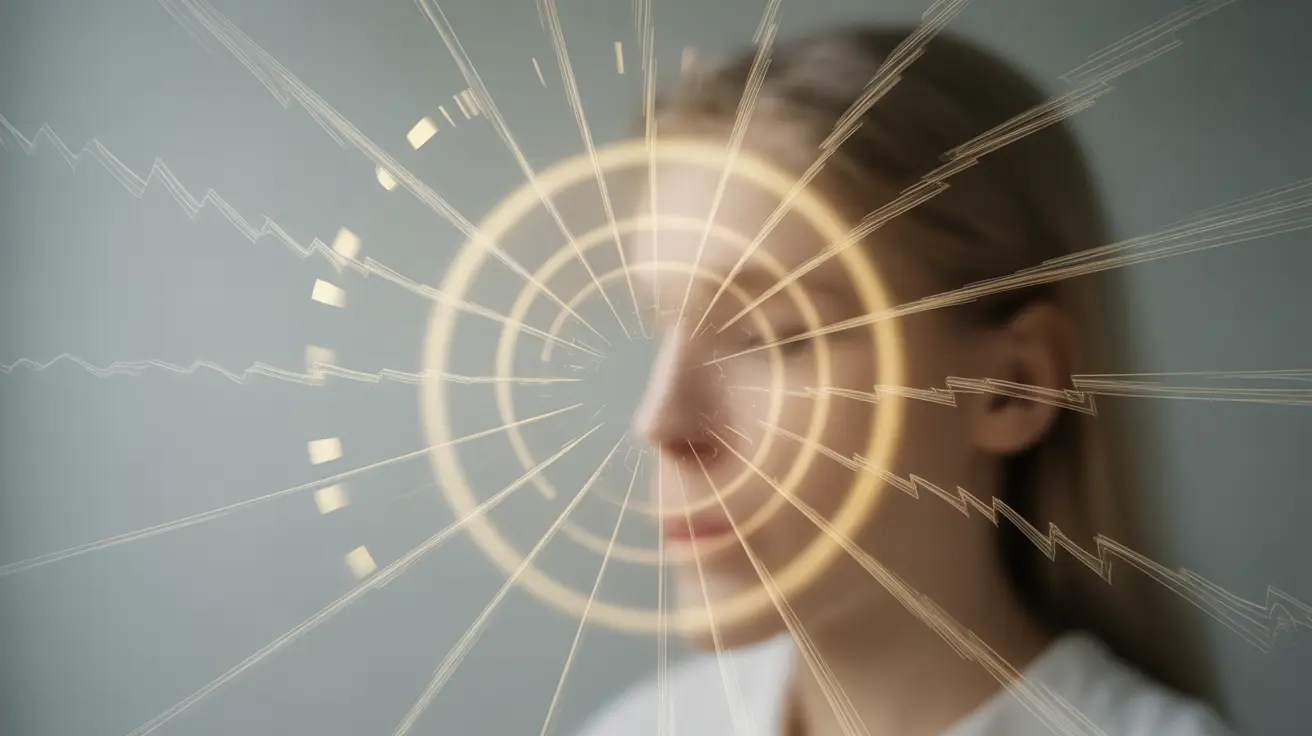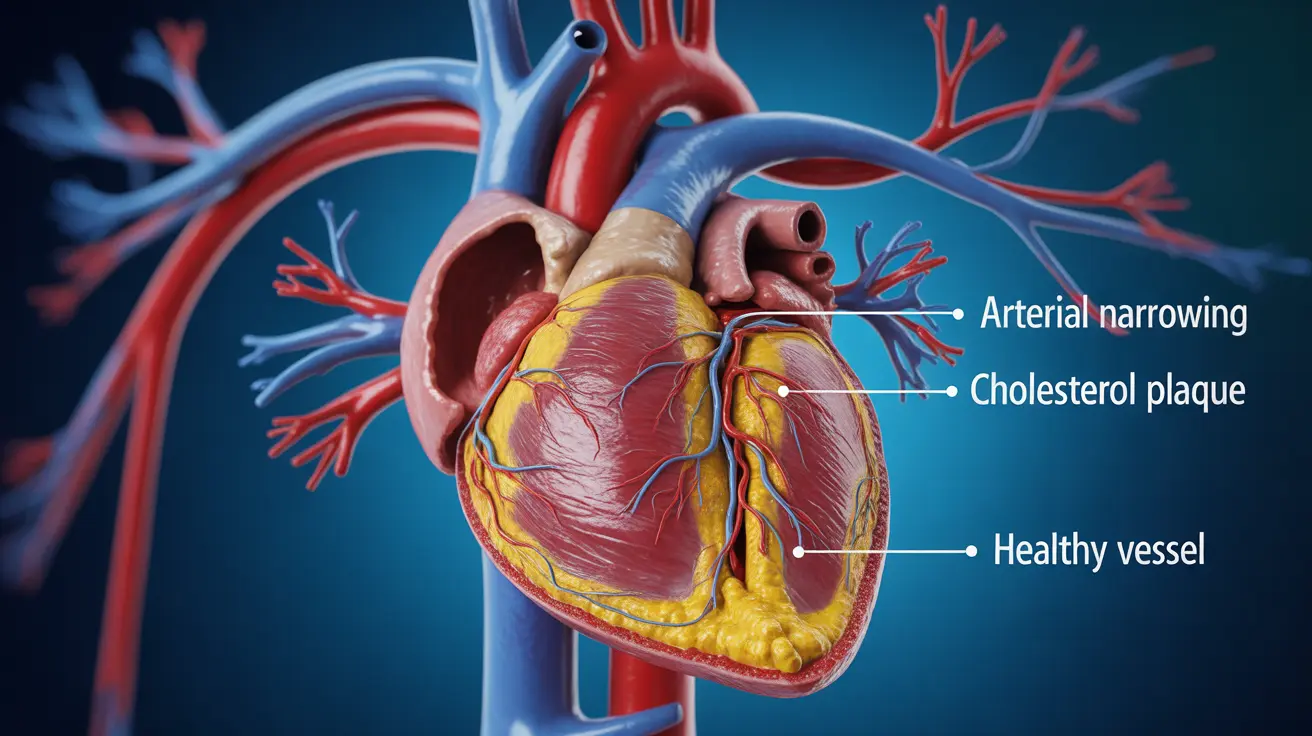Tears are remarkable biological fluids that play a vital role in maintaining eye health and function. These complex secretions consist of multiple layers and components, each serving specific purposes in protecting our vision and keeping our eyes comfortable. Understanding what tears are made of helps explain their crucial role in eye health and emotional expression.
The Three-Layer Structure of Tears
Human tears are composed of three distinct layers, each with unique properties and functions:
The Outer Lipid Layer
The outermost layer consists of oily lipids produced by the meibomian glands. This layer prevents tear evaporation and helps maintain tear stability on the eye's surface. Without proper lipid production, tears can evaporate too quickly, potentially leading to dry eye conditions.
The Middle Aqueous Layer
The middle layer makes up about 90% of tear volume and contains water, proteins, and essential nutrients. This layer is produced by the lacrimal glands and carries oxygen to the cornea while washing away debris and potential irritants.
The Inner Mucin Layer
The innermost layer consists of mucins that help tears spread evenly across the eye's surface. This layer ensures tears adhere properly to the cornea, preventing dry spots and maintaining consistent lubrication.
Chemical Composition of Tears
Tears contain several important chemical components:
- Water (98% of tear composition)
- Proteins (including lysozyme and lactoferrin)
- Electrolytes (sodium, potassium, chloride)
- Lipids
- Growth factors
- Antibodies
- Natural antibacterial compounds
Types of Tears and Their Unique Properties
The human body produces three distinct types of tears, each with slightly different compositions:
Basal Tears
These are the constant tears that keep our eyes lubricated throughout the day. They contain high levels of antimicrobial proteins to protect against infection.
Reflex Tears
Produced in response to irritants or strong stimuli, reflex tears contain more antibacterial compounds and flow in greater quantities to flush out potential threats.
Emotional Tears
Triggered by strong emotions, these tears contain higher levels of stress hormones and natural pain-killing compounds, explaining why crying can provide emotional relief.
The Role of Tears in Eye Health
Tears serve multiple essential functions in maintaining eye health:
- Providing oxygen and nutrients to the cornea
- Removing debris and foreign particles
- Creating a smooth optical surface for clear vision
- Preventing infection through antimicrobial properties
- Maintaining proper eye moisture levels
Frequently Asked Questions
What are the main components that make up human tears? Human tears primarily consist of water, proteins, electrolytes, lipids, growth factors, and antibodies, structured in three distinct layers: lipid, aqueous, and mucin.
How do the different layers of tears function to protect and lubricate the eyes? The lipid layer prevents evaporation, the aqueous layer provides nutrients and removes debris, and the mucin layer helps tears spread evenly across the eye's surface.
Why do tears have a salty taste and what role do electrolytes play in tears? Tears taste salty due to their electrolyte content, primarily sodium and chloride. These electrolytes help maintain proper osmotic balance and support cellular function in the eye.
What causes variations in tear production, such as in dry eyes or emotional crying? Tear production varies due to factors including emotional state, environmental conditions, hormone levels, aging, and medical conditions affecting the tear glands.
How do tears help prevent eye infections and maintain clear vision? Tears contain natural antimicrobial compounds like lysozyme and lactoferrin that fight infection, while their continuous flow helps wash away debris and maintain a smooth optical surface for clear vision.




